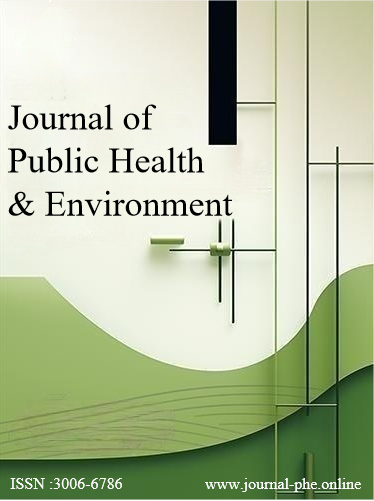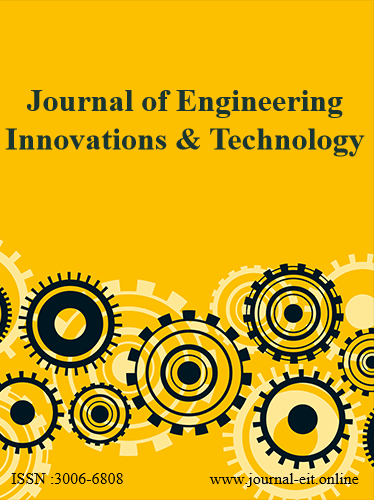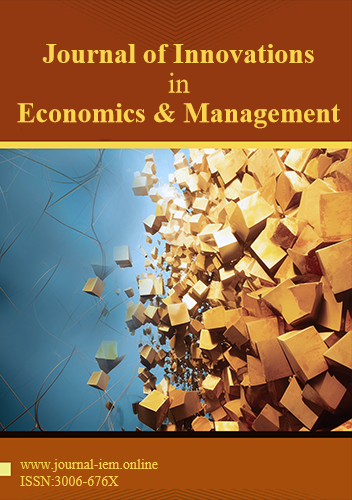 An open access journal
An open access journal
Sustainable Rice Farming: Balancing Water Use and Yield
Abstract
Rice farming is a vital component of global food security, but its intensive water use and greenhouse gas emissions pose significant environmental challenges. This paper explores sustainable rice farming practices aimed at optimizing water use efficiency, reducing environmental impact, and enhancing crop productivity. It discusses the adoption of water-saving technologies, such as alternate wetting and drying (AWD), aerobic rice cultivation, and system of rice intensification (SRI), to minimize water consumption while maintaining or improving yield. The paper examines the role of integrated crop management practices, including site-specific nutrient management, residue management, and crop rotation, in promoting soil health, fertility, and resilience to climate change. It also addresses the potential of rice varieties with improved drought tolerance, pest resistance, and nutrient use efficiency to enhance resilience and sustainability in rice production systems. By integrating ecological principles with technological innovations, sustainable rice farming can contribute to food security, environmental conservation, and rural livelihoods in rice-growing regions.
Share and Cite
Article Metrics
References
- Bouman, B. A. M., Lampayan, R. M., & Tuong, T. P. (2007). Water management in irrigated rice: coping with water scarcity. International Rice Research Institute.
- Uphoff, N., & Kassam, A. (2017). Innovations in sustainable agriculture: Case studies and innovations. Routledge.
- Wassmann, R., Jagadish, S. V. K., Heuer, S., Ismail, A., Redona, E., Serraj, R., & Singh, R. K. (2009). Climate change affecting rice production: the physiological and agronomic basis for possible adaptation strategies. Advances in Agronomy, 101, 59-122.
- Farooq, M., Hussain, M., & Siddique, K. H. (2014). Rice direct seeding: experiences, challenges and opportunities. Soil and Tillage Research, 140, 1-13.
- Bouman, B. A. M., & Tuong, T. P. (2001). Field water management to save water and increase its productivity in irrigated lowland rice. Agricultural Water Management, 49(1), 11-30.





